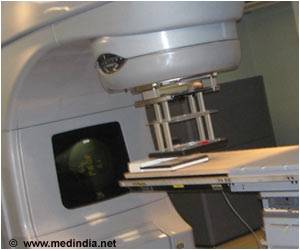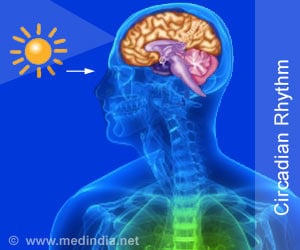Suprachiasmaticus nucleus (SCN) clock also known as body's master timekeeper located in the hypothalamus is not necessary to align body rhythms with the light-dark cycle, reveals new research.

To make this discovery, Oster and colleagues bred mice in which the molecular circadian clock had been deleted specifically in SCN pacemaker neurons, while leaving clocks in peripheral tissues untouched. These mice, as well as control mice with intact central and peripheral clocks, were then subjected to different lighting conditions. In a rhythmic light-dark environment, gene expression analysis revealed that both groups displayed rhythmic behavior, glucocorticoid hormone rhythms and clock gene expression rhythms in peripheral tissues such as liver or adrenal. When the mice were subjected to constant darkness conditions, behavioral rhythms in the SCN clock-less mice were immediately lost, while endocrine and molecular rhythms gradually dampened over the course of several days. Control mice retained stable rhythms at all levels throughout the experiment. Results suggest a revised model of circadian entrainment, with the adaptation of the internal clock by external time cue, resulting in a mode of photic entrainment in which light can in parallel reset central and peripheral clocks.
"For a long time, we've thought that the central clock in our brains is necessary to keep the other clocks in our body in time," said Gerald Weissmann, M.D., Editor-in-Chief of The FASEB Journal. "And this still correct most of the time in most people. This research is important, however, because it not only shows us what might be going wrong in folks with circadian-related disorders, but also helps us to understand how we can manipulate peripheral clocks to help these people."
Source-Eurekalert









